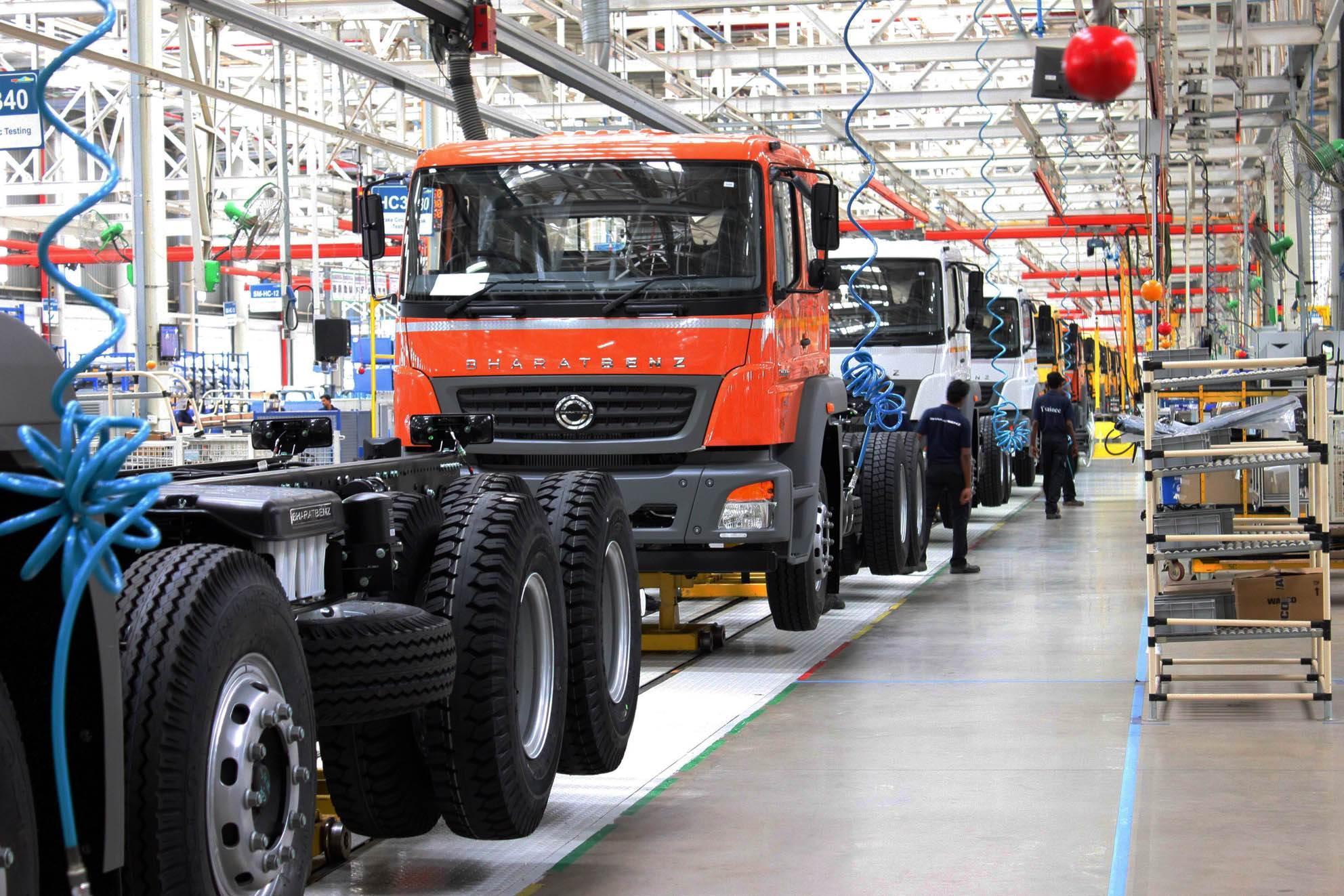Commercial vehicles include trucks, buses, modular transportation systems, pick-up trucks and vans. They are designed to carry cargo or passengers and are used extensively for transportation and logistical purposes across various industries like construction, transportation, agriculture and others. Commercial vehicles offer higher load carrying capacity, power and durability making them ideal for transportation of goods and cargo over long distances. Rising infrastructure development activities along with growth of e-commerce sector have fuelled the demand for commercial vehicles in recent years.
The global Commercial Vehicles Market is estimated to be valued at US$ 1264.58 Bn in 2023 and is expected to exhibit a CAGR of 6.7% over the forecast period 2023 to 2030, as highlighted in a new report published by Coherent Market Insights.
Market Opportunity:
Rising infrastructure development activities across both developed and developing economies are expected to drive the demand for commercial vehicles during the forecast period. There has been significant investment in development of roads, highways, metros, rail networks and other infrastructure projects globally. Construction of new infrastructure requires transportation of large and heavy construction equipment and materials over long distances which increases the demand for heavy commercial vehicles like trucks and tippers. Furthermore, improvement and expansion of existing infrastructure also fuels the replacement demand for advanced commercial vehicles. Rising infrastructure development activities are thus considered a major market opportunity for commercial vehicles market players to tap into the increasing demand for construction oriented commercial vehicle applications.
Porter's Analysis
Threat of new entrants: Low capital requirements and negligible switching costs make entry easier. However, established brands, technology leadership and economies of scale of incumbent players create barriers.
Bargaining power of buyers: Large fleet operators and government bodies have significant bargaining power due to high volumes. However, need for specialized vehicles, parts and maintenance services limit impact.
Bargaining power of suppliers: Few specialized component makers exist globally, giving them strong influence over OEMs. However, diverse supplier networks and focus on localized production balances bargaining power dynamics.
Threat of new substitutes: Alternate mobility solutions pose a threat, though commercial vehicles dominate last-mile transportation and logistics needs. Hybridization and electrification also supplement rather than replace existing fleets.
Competitive rivalry: Intense competition exists among major global commercial vehicle manufacturers. Product differentiation, pricing strategies and expansions to new markets and services characterize high rivalry.
SWOT Analysis
Strengths: Strong brands, global scale and technological expertise. Dominant players also exert influence over supply chains and aftermarket networks.
Weaknesses: High R&D and manufacturing costs. Vulnerable to economic cycles and susceptible to disruptions from new technologies and business models.
Opportunities: Growth in logistics, e-commerce and infrastructure sectors fuels commercial vehicle demand. Developing markets are major growth drivers.
Threats: Stricter emissions norms requiring new powertrains. Rising competition from local and new entrant manufacturers. Alternative mobility solutions also emerging.
Key Takeaways
The global commercial vehicles market is expected to witness high growth over the forecast period supported by growth in logistics, e-commerce and infrastructure development globally.
Regional Analysis: The Asia Pacific region dominates the commercial vehicles market currently accounting for over 50% of global sales volumes led by China, India and Japan. Growth will be fastest in developing countries in Asia and Africa driven by rising incomes, urbanization and transportation infrastructure investments.
Key players operating in the commercial vehicles market are Schneider Electric SE, ABB Ltd., Siemens AG, Eaton Corporation, Honeywell International Inc., Rockwell Automation, Inc., UL LLC (Underwriters Laboratories), Emerson Electric Co., General Electric (GE), Littelfuse, Inc., DuPont de Nemours, Inc., Fluke Corporation, Omicron Electronics GmbH, Megger Group Limited, MSA Safety Incorporated. Major players are focusing on expanding product portfolios and global footprint through partnerships, collaborations and acquisitions to capitalize on opportunities across commercial vehicle segments and regions.
Get more insights on this topic:
https://www.marketwebjournal.com/commercial-vehicles-market-share/
Check below trending articles on this topic:
https://www.shayaricenter.com/natures-barcodes-biomarkers-illuminate-paths-to-wellness-and-scientific-breakthroughs
Explore more trending article on this topic:
https://www.shayaricenter.com/understanding-cancer-biomarkers
